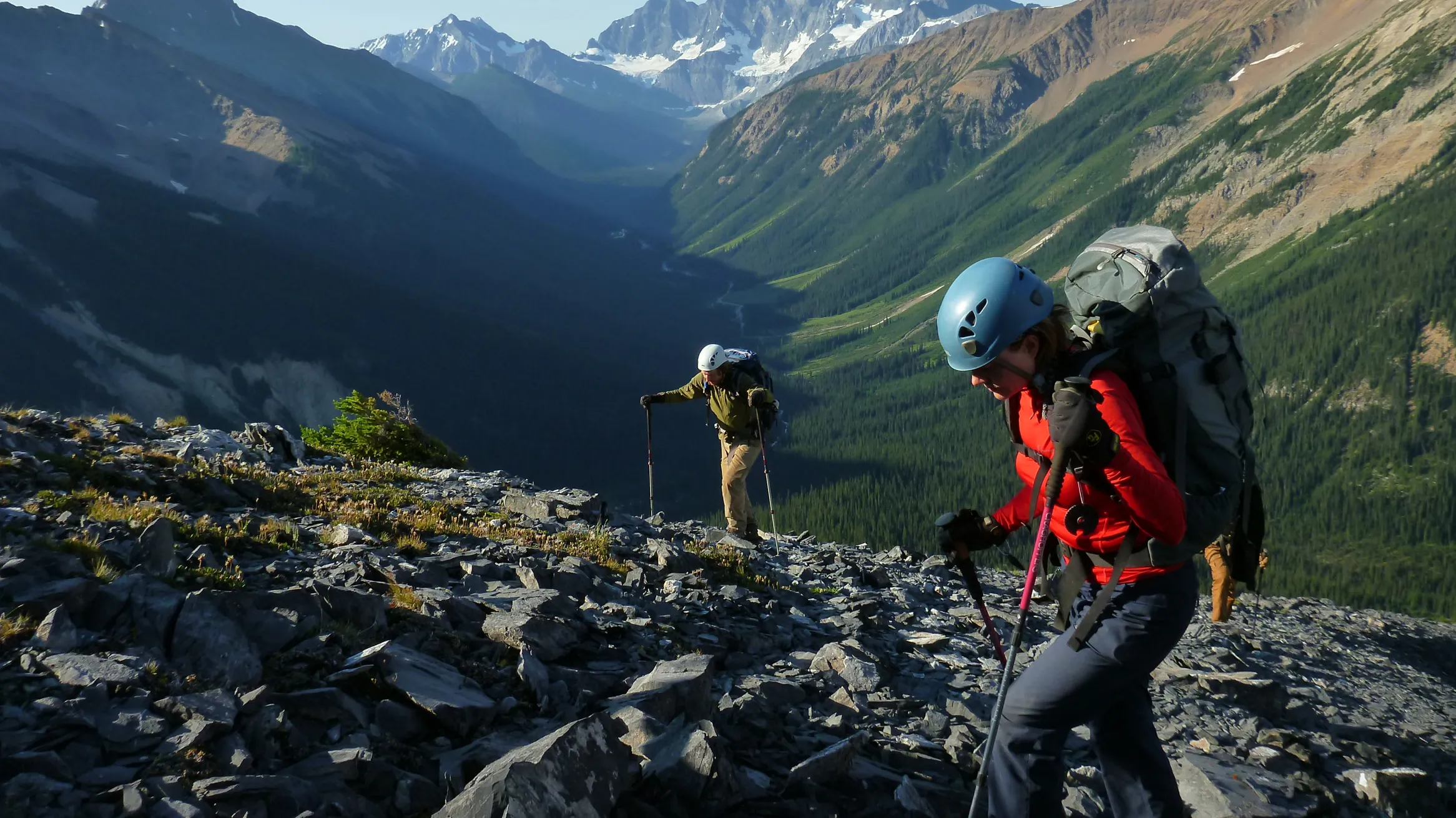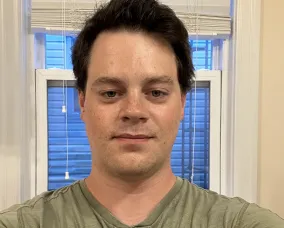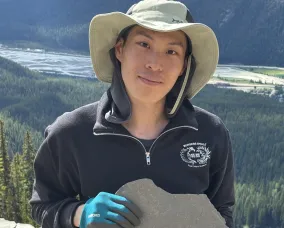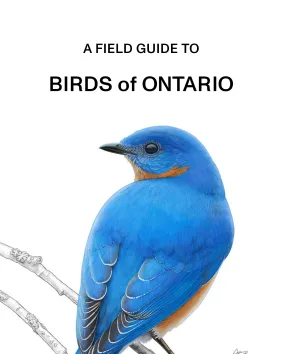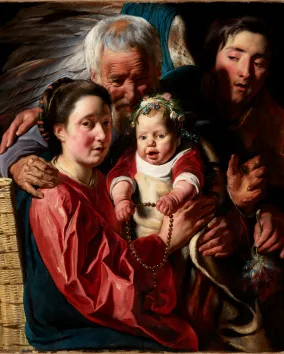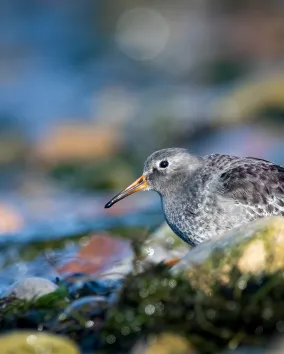About
Take a special behind the scenes look at some of the weird and wonderful Burgess Shale animals collected by ROM over the past 50 years. Participants will visit the Willner Madge Dawn of Life Gallery, interact with a special video retrospective of the Museum’s Burgess Shale expeditions, and delve into the variety and evolutionary significance of animal forms represented on display. In this workshop, designed exclusively to celebrate the 50th anniversary of the first Burgess Shale fossil [ER1] [2] discoveries, participants are invited into the world of fossil research through examining real fossils from the collections at ROM, and join in discussions about current Burgess Shale research.
Related events
Rules & Guidelines
These events are offered in English only.

